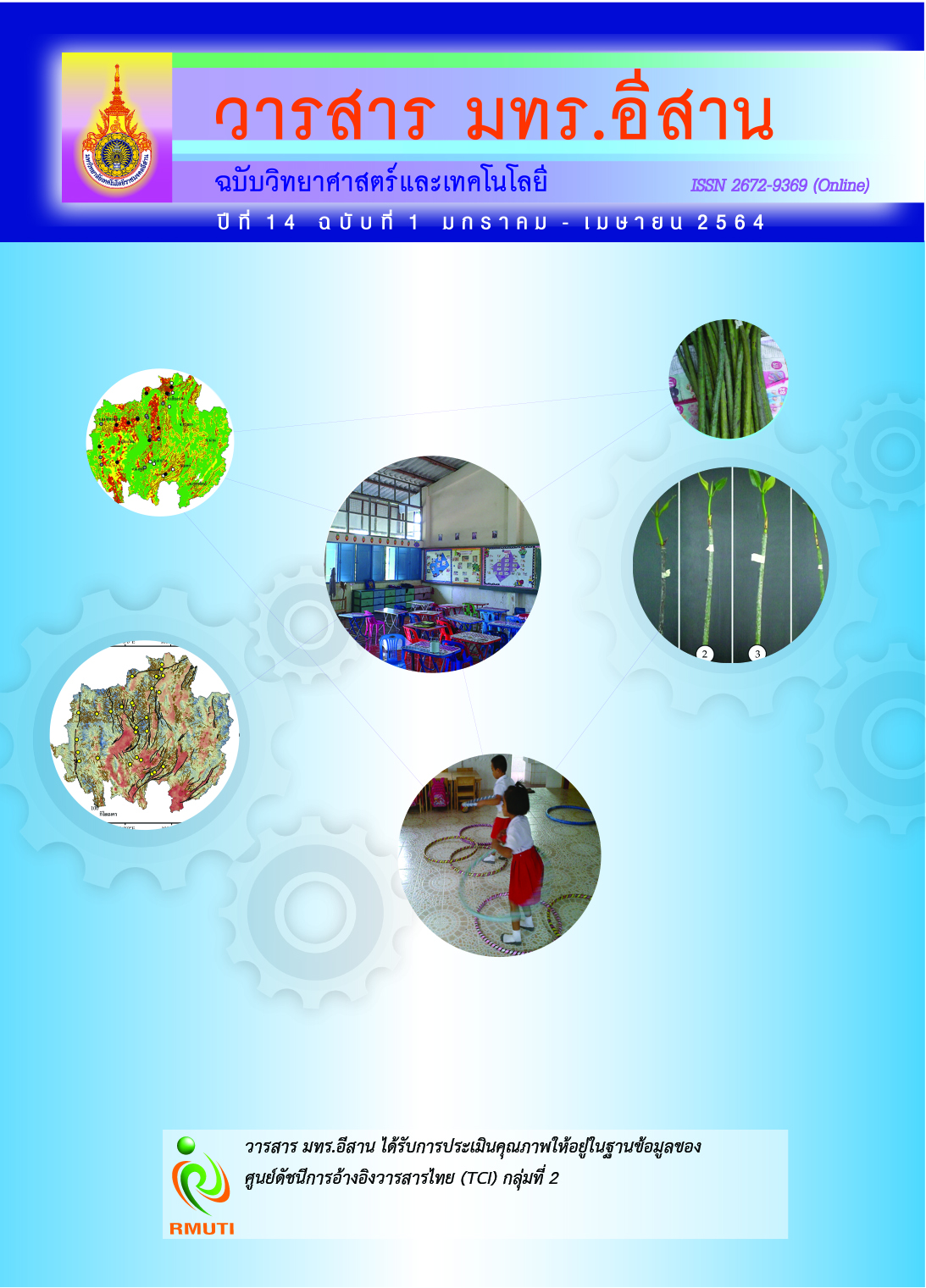The Guidelines of Area Arrangement within the Early Childhood Classroom Supporting Child-Centered Learning
Main Article Content
Abstract
This research aimed to study the factors affecting area arrangement and the guidelines of area arrangement within the early childhood classroom supporting child-centered learning. There were three schools under the Office of the Basic Education Commission, Nakhon Ratchasima Province, involved in this study, i.e. Ban Krathum Rai School, Ban Nong Doen School and Ban Nong Takhlong School. Research tools include questionnaires, evaluation, observation and interview form. Statistical analysis were means (), standard deviations (S.D.) and percentage. The research found that 1) Factors affecting area arrangement within the early childhood classroom consisted of movement and rhythm activities, experience enhancing activities, creative arts activities, free activities or play corners and educational game activities. The space in the classroom was divided into four parts. The first part was provided for the teachers while the second part was for students’ personal storage. The third part was the area for play corner activities. The fourth part was the space at the center of the room as the area for learning, sleeping, eating, movement and rhythm activities. The furniture in the classroom should be lightweight, natural and safe for children made of colorful laminate plywood, natural wood and local materials for learning activities. The desks should be in appropriate size and structure and easy to move. 2) The guidelines of area arrangement within the early childhood classroom supporting child-centered learning were that the center of classroom was separated by movable partitions to support the activities for Kindergarten 2 and 3. The partitions did not block the sound, but the vision for some activities. The area for both classrooms was organized in the same arrangement, the empty space at the center of the classroom as the area for free activity experiences or play corner activities. This was considered as the significant area to support child-centered learning.
Article Details
References
Ministry of Education. (1999). National Education Act B.E. 2542 and Revision (Second Revision) B.E. 2545. Bangkok: Kurusapa Ladprao Printing Press
Pinyoanuntapong, S. (2002). Environment for Early Childhood. Bangkok: Curriculum and Instruction Department, Srinakharinwirot University; Prasanmitr
Vorakitphokatorn, S. and Maungmasl, R. (2010). The Manual of Ayatana 6 Development in Early Childhood. Bangkok: National Institute for Child and Family Development, Mahidol University
Chan-aim, S. (1998). General Psychology. Bangkok: Thai Wattana Panit Press
Suankaew, P. (1993). Development Psychology and Early Childhood Care. Bangkok: Duangkamol
Khammanee, T. (1999). Learning Management Based on Student-Centered Learning: CIPPA MODEL. Journal of Education Studies. Vol. 27, No. 3, pp. 1-17
Ra-Ngubtook, W. (1999). The Lesson Plan of a Student-Centered Approach. Bangkok: L.T. Press
Sattayatham, P. (2008). Child Mental Health. 7th Edition. Bangkok: Chulalongkorn University Press
Chitsing, S. (2007). A Physical Interior Environment Design Guideline for Pre-School Babies’ Home in Bangkok and Metropolitan Area. A Thesis for the Degree of Master of Architecture, Interior Architecture, King Mongkut’s Institute of Technology Ladkrabang
The Office of the National Primary Education Commission. (1998). The Study of Classroom Arrangement within Media and Playing Center for Pre-Elementary Education. Bangkok: Ministry of Education
Thaithani, P. (2007). Nature of the Learners. Nakhon Ratchasima: Faculty of Education, Nakhon Ratchasima Rajabhat University
Thorarit, K. (2008). Environmental Interior Design of Art School for Early Childhood in Commercial Building. A Thesis for the Degree of Master of Architecture, Interior Architecture, King Mongkut’s Institute of Technology Ladkrabang


